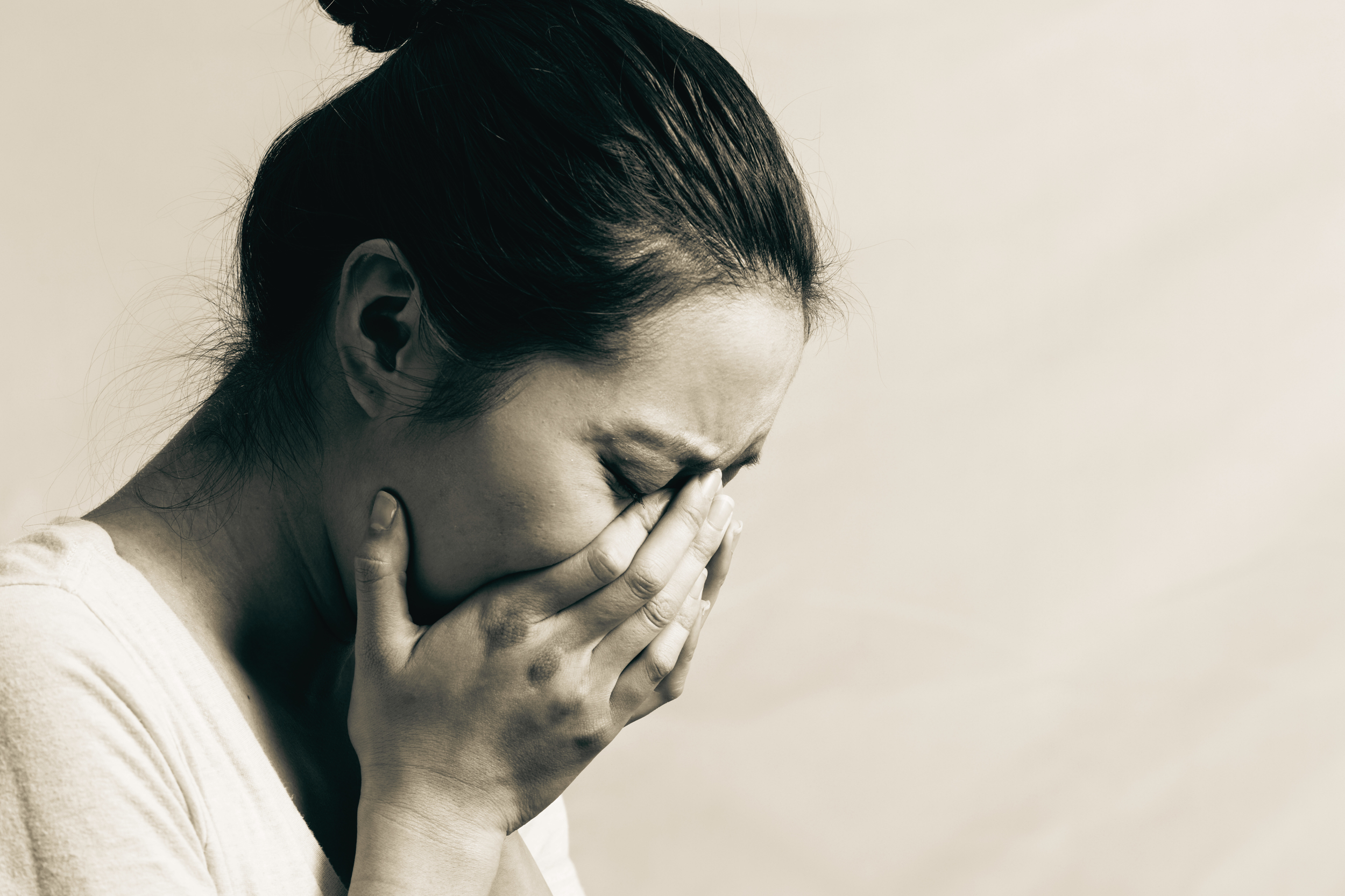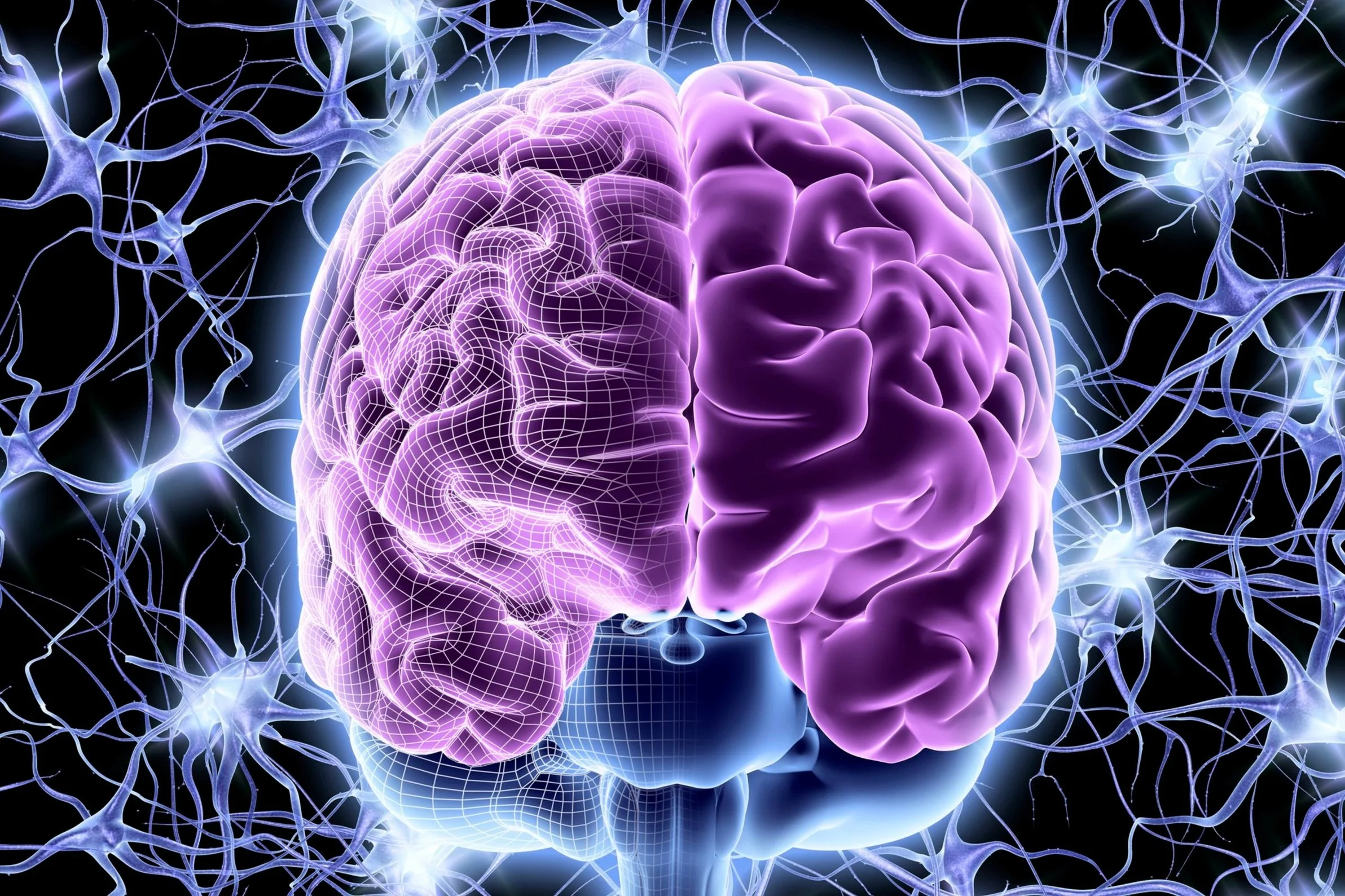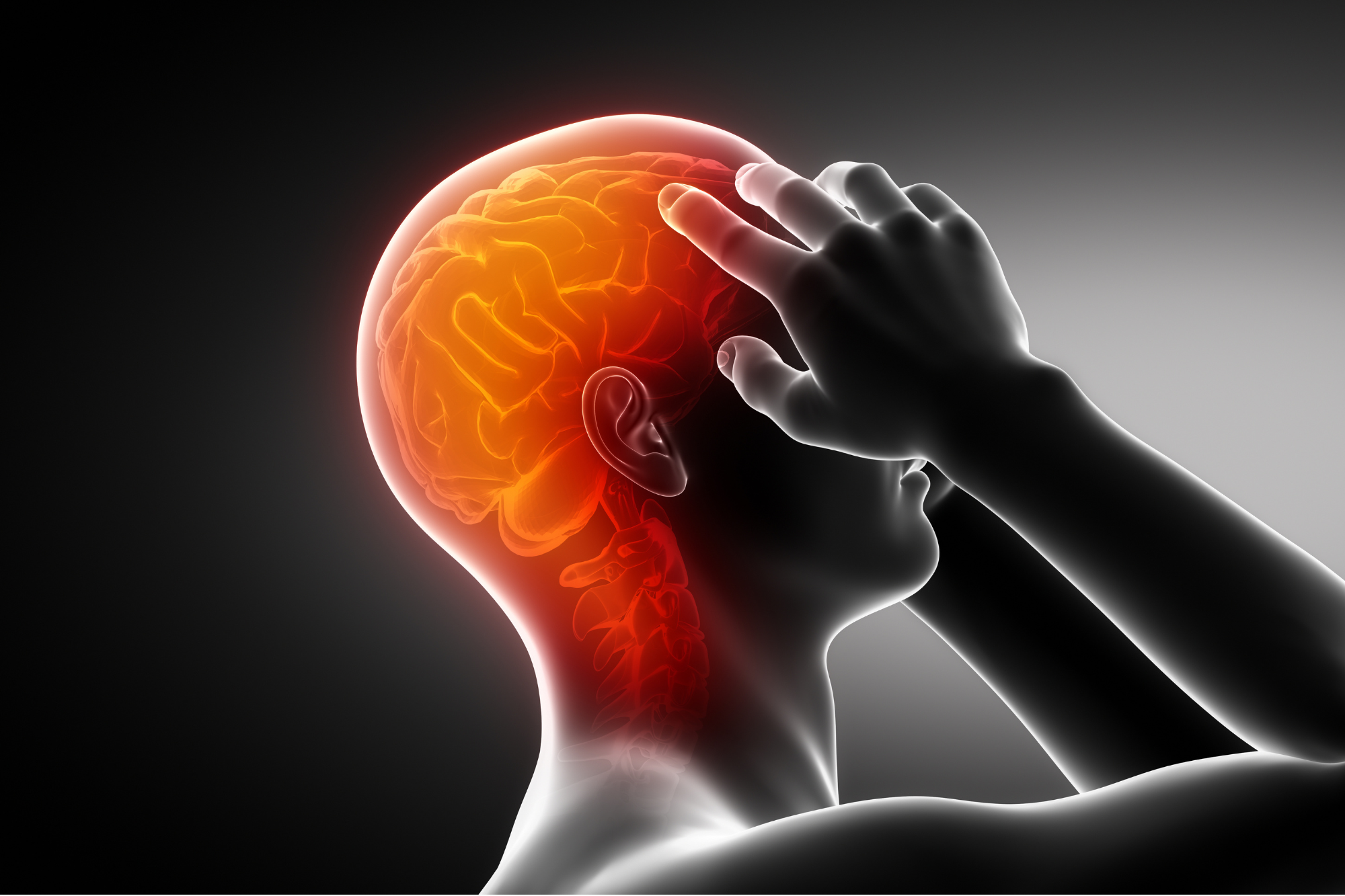Tackling Mental Health
Participating in competitive and high-performance sports is a multifaceted experience that can influence mental health in positive and negative ways. While sports offer numerous psychological benefits, they can also expose individuals to unique challenges that affect their well-being.
The mental health impacts of participating in sports are extensive. From bolstering self-esteem and regulating emotions to fostering social connections and building resilience, the benefits of sports on mental well-being are undeniable. Individuals’ participation in sports not only strengthens their bodies but also nurtures their minds.
While sports offers these many benefits, it's crucial to recognize that they can also have negative consequences for mental health. The pressures, injuries, social expectations, burnout and body image issues can all contribute to adverse psychological outcomes among athletes.
POSITIVE MENTAL HEALTH IMPACTS OF SPORTS
Participation in sports extends beyond physical fitness and competition. Engaging in sports has a profound impact on mental health, offering a range of psychological benefits that contribute to overall well-being. From boosting self-esteem to reducing stress, the effects of sports on mental health are becoming increasingly evident in research and everyday life.
Enhanced Self-Esteem & Confidence
One of the most notable psychological benefits of engaging in sports is the significant boost in self-esteem and self-confidence, since participating in sports allows individuals to set and achieve personal goals, fostering a profound sense of accomplishment. Notably, Smith et al. (2019) found that athletes often exhibit higher self-esteem and a more positive self-image compared to non-athletes, and that consistent success in sports can translate into greater self-assurance in other areas of life, as well.[1] Additionally, Warburton et al. (2006) found that feeling physically fit and healthy can significantly boost an individual's self-esteem and self-confidence.[2]
Stress Reduction & Emotional Regulation
The Cleveland Clinic (2022) notes that regular physical activity releases endorphins which help relieve pain, reduce stress and improve mood.[3] Notably, Craft & Perna (2004) found that exercise through sports can lead to reduced stress, alleviation of symptoms related to anxiety and depression and improved emotional well-being.[4]
Social Interaction & Connection
Team sports, in particular, offer a unique opportunity for social interaction and the establishment of strong connections. The social connection formed through shared victories and defeats can lead to strong and lasting relationships. Jones et al. (2018) found that these social bonds among teammates can serve as a protective factor against mental health issues such as loneliness and depression.[5] Especially for individuals susceptible to feelings of isolation or loneliness, the sports environment can offer a supportive network that positively contributes to mental health.[6]
Lauren Becker Rubin, a former collegiate athlete at Brown University and current advisor to Haverford College’s varsity teams, spoke in depth about this topic in The Seattle Psychiatrist Interview Series. She explains that social connection is one of the biggest benefits of sports participation.[7] Particularly in being part of a team, individuals can find meaning in a sense of purpose while working together towards a common goal. She notes that there is a shared humanity in the wins, but more importantly also in the losses, as team members act as a support system for one another. Within the sports and team community there is group connection, fun, shared experience and striving for something bigger than oneself.[8]
Improved Body Image & Self-Perception
Sports promote physical activity and fitness, which can contribute to improvements in physique and overall health. Thus, engaging in regular exercise can lead to a more positive body image and self-perception. Adams et al. (2020) note that as individuals see the positive changes in their bodies through training and participation, they often develop a greater appreciation for their physical selves, leading to increased self-acceptance and reduced body dissatisfaction.[9]
Goal-Setting Motivation
Goal setting is a common aspect of sports participation, whether it's achieving a personal best, improving a skill or winning a championship. The process of establishing, working towards and attaining these goals can significantly boost motivation, resilience and provide individuals with a sense of purpose. Emmons & McCullough (2003) highlighted the positive correlation between goal achievement and psychological well-being and found that engaging in goal-setting activates the brain's reward systems, releasing dopamine and reinforcing feelings of accomplishment.[10]
Strengthened Mental Resilience
Participating in sports often involves facing challenges, setbacks, and even failures. These experiences help build mental resilience by teaching individuals how to adapt, learn from mistakes and persist. The skills learned in sports participation are transferable to other aspects of life, helping individuals manage stressors and overcome hardship with greater ease. Notably, Johnson et al. (2021) found sports participation enhances mental toughness and the ability to bounce back from life’s adversities.[11]
Lauren Becker Rubin also discussed resilience in her interview, explaining that athletics builds resilience simply through the unpredictable nature of sports.[12] Never knowing if you’re going to win or lose makes us more adaptable and encourages us to learn how to manage emotions around unpredictable outcomes. Rubin notes that the resilience in sports is correlated to life: “There's ups and downs, there's good things, there's bad things. You have to learn to be able to manage your emotions around that and athletics really helps you do that.”[13]
NEGATIVE MENTAL HEALTH IMPACTS OF SPORTS
While sports are celebrated for their many physical and psychological benefits, it's also important to acknowledge that sports participation isn't always a source of positive mental health. For some individuals, the pressures, expectations and experiences associated with sports can lead to negative psychological outcomes.
Performance Anxiety & Stress
The competitive nature of sports can lead to high levels of performance anxiety and stress. In the Journal of Sport & Exercise Psychology, Stress et al. (2018) note that athletes are susceptible to performance-related anxiety, which can have adverse effects on mental health.[14] Athletes may experience overwhelming pressure to perform consistently at their best, which can result in debilitating stress and anxiety.
Rubin speaks to performance anxiety in her interview and explains how the public stage athletes are on opens the door to stress, anxiety, pressure, worry and fear. Athletes’ fear is multifaceted, as she describes there is “fear of losing, fear of winning, fear of embarrassment, fear of getting injured, fear of losing social status, fear of losing your position - so there's a lot of fear, worry, stress and anxiety about performing.”[15] These stressors affect athletes both on and off the field as these fears do not always subside once someone is away from the competition.
Injury-Related Mental Health Issues & Identity Crisis
Injuries are a common part of sports, and they can have serious impacts on an athlete's mental health. Whether an athlete suffers a season-ending injury, one that sidelines them for a handful of games or one that only limits their performance, Timpka et al. (2017) explain how the physical pain and the fear of lost opportunities can lead to symptoms of depression, anxiety and even post-traumatic stress disorder (PTSD).[16]
In her interview, Rubin acknowledges injury-related mental health issues, particularly concerning a loss of identity. When an athlete or individual suffers an injury it can affect their sense of self, especially if participation in sports is a part of one's daily life.[17] Often, athletes have been athletes for much of their lives, so when a time comes where they cannot play or their role has changed, an identity issue can arise. Even retirement from a sports career can be mentally and emotionally challenging, as athletes often face an identity crisis when their sporting journey ends. In particular, Lavallee et al. (2012) note that the transition to a life outside of sports can lead to feelings of loss, depression, and anxiety.[18]
Social Pressure & Isolation
Despite the comradery, sports can be isolating for some individuals, particularly those who struggle to meet the expectations of their peers, coaches or parents. Smith et al. (2020) notes athletes’ fear of judgment or rejection can lead to social anxiety and feelings of isolation.[19] Failing to meet the expectations of others, self-shame and the pressure to succeed can have adverse effects on one’s mental health.
Rubin speaks to the pressure all athletes face while performing on a public stage, but notes that it is increasingly challenging the more competitive the participation becomes. She describes how social media, fans, money, and contracts are just a few aspects of the pressure elite athletes face on a daily basis. While recreational sports have their own unique set of stressors as well, Rubin describes that the “pressure, stress, anxiety, worry, isolation, just really ramps up the higher you get” in competition.[20]
Burnout & Overtraining
Raedeke et al. (2002) stress the links between burnout and negative mental health outcomes in athletes.[21] The drive for success in sports can often lead to overtraining and burnout, which can result in physical and mental exhaustion. Additionally, athletes may lose their passion for the sport, experience symptoms of depression and face difficulties in other aspects of life (e.g., relationships, school or work). Overtraining and burnout are especially problematic among competitive athletes, who often spend most of their free time training, with few days off from training per year,
Eating Disorders & Body Image Issues
Sports that emphasize weight and appearance (e.g., gymnastics, wrestling) can contribute to the rise of eating disorders and body image issues. Joy et al. (2016) found there is a high prevalence of eating disorders among athletes due to the physical demands of sports as well as unhealthy expectations of physique, diet and exercise.[22] Athletes may develop unhealthy relationships with food and their bodies, which can have lasting psychological effects.
It's essential to provide support and resources for athletes throughout their careers to address these mental health challenges and create a more balanced, nurturing sports environment. Regardless of age and level, this support includes promoting mental health awareness, reducing stigma for those who are suffering, providing access to mental health professionals and fostering a culture that values athletes' well-being over their performance or success.
If someone or someone you know is struggling with the stressors of competing in sports, reach out to a licensed mental health professional (e.g., a psychotherapist, psychologist or psychiatrist) for additional guidance and support.
Contributed by: Jordan Denaver
Editor: Jennifer (Ghahari) Smith, Ph.D.
REFERENCES
1 Smith, J., et al. (2019). Psychological correlates of university athletes and nonathletes: An exploration of the mental health hypothesis. Journal of Sport and Exercise Psychology, 41(2), 97-103.
2 Warburton, D. E., Nicol, C. W., & Bredin, S. S. (2006). Health benefits of physical activity: The evidence. CMAJ: Canadian Medical Association Journal, 174(6), 801-809.
3 Cleveland Clinic. (2022, May 19). Endorphins: What they are and how to boost them. https://my.clevelandclinic.org/health/body/23040-endorphins
4 Craft, L. L., & Perna, F. M. (2004). The Benefits of Exercise for the Clinically Depressed. Primary Care Companion to the Journal of Clinical Psychiatry, 6(3), 104-111.
5 Jones, A., et al. (2018). The Impact of Team Sports on Mental Health in Adolescents: A Systematic Review. Journal of Sport and Social Issues, 42(1), 3-22.
6 Ibid.
7 Denaver, J. E., & Rubin, L. B. (2023). Certified Mental Performance Coach Lauren Becker Rubin on the Mental Health of Athletes. Seattle Anxiety Specialists, PLLC. https://seattleanxiety.com/psychology-psychiatry-interview-series/2023/7/14/certified-mental-performance-coach-lauren-becker-rubin-on-the-mental-health-of-athletes
8 Ibid.
9 Adams, K., et al. (2020). Sports involvement and body image: The mediating role of physical activity and body composition. Journal of Eating Disorders, 8(1), 1-12.
10 Emmons, R. A., & McCullough, M. E. (2003). Counting blessings versus burdens: An experimental investigation of gratitude and subjective well-being in daily life. Journal of Personality and Social Psychology, 84(2), 377-389.
11 Johnson, R., et al. (2021). The relationship between sports participation, resilience, and mental health in college athletes. Journal of Sport and Exercise Psychology, 43(3), 195-203.
12 Denaver & Rubin (2023)
13 Ibid.
14 Stress, A. B., et al. (2018). Performance Anxiety and Coping in Athletes. Journal of Sport & Exercise Psychology, 40(6), 292-301.
15 Denaver & Rubin (2023)
16 Timpka, T., et al. (2017). The Psychological Health of Injured Athletes. Journal of Athletic Training, 52(3), 231-238.
17 Denaver & Rubin (2023)
18 Lavallee, D., et al. (2012). Retirement from Sport and the Loss of Athletic Identity. Journal of Applied Sport Psychology, 24(4), 362-379.
19 Smith, R. E., et al. (2020). Interpersonal Stressors and Resources as Predictors of Athlete Burnout. Journal of Sport & Exercise Psychology, 42(1), 65-75.
20 Denaver & Rubin (2023)
21 Raedeke, T. D., Lunney, K., & Venables, K. (2002). Understanding athletes burnout: Coach perspectives. Journal of Sport Behavior, 25(2), 181.
22 Joy, E., et al. (2016). Prevalence of Eating Disorders and Pathogenic Weight Control Behaviors Among NCAA Division I Female Collegiate Gymnasts and Swimmers. Journal of Eating Disorders, 4(1), 19.







